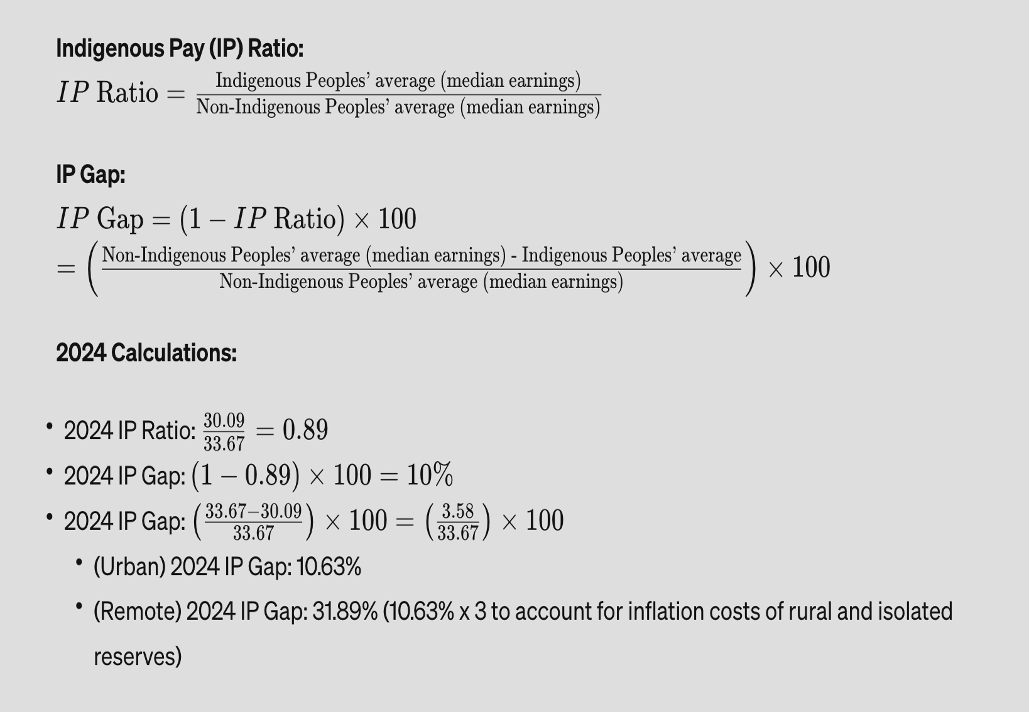A note on terminology
On this page, CHILD-BRIGHT uses the terms "First Nations, Métis, and Inuit Peoples" interchangeably with "Indigenous Peoples". This choice is made with the intention of acknowledging and honoring the diverse identities and cultures of Indigenous communities across Canada.
While we recognize the distinctiveness of each group, we also understand the significance of using inclusive language that respects the collective experiences and struggles of First Nations, Métis, and Inuit Peoples.
Furthermore, when citing research or external sources of information, we will adhere to the terminology utilized by the authors in their respective works. This approach is intended to maintain consistency with existing verbiage within the academic and research communities.
Our commitment is to uphold respect and sensitivity towards First Nations, Métis, and Inuit Peoples and their communities throughout this article. Should there be any concerns or questions regarding the terminology used, we welcome open dialogue and constructive feedback.
Thank you for your understanding.
As we strengthen our collaborations with our many partners at CHILD-BRIGHT, we strive to fairly compensate all those involved in research, governance, and other research network activities. This includes members of our advisory councils. On this page, we explain how we determined appropriate compensation guidelines for First Nations, Métis, and Inuit Peoples who partner with CHILD-BRIGHT.
The legacy of colonization, intergenerational trauma, and barriers to access to education and/or educational opportunities further compound economic challenges for First Nations, Métis, and Inuit Peoples. Efforts to address these disparities, including fair compensation for participation in research and governance activities, must consider the socio-economic contexts at play. We recognize the disproportionate representation of First Nations, Métis, and Inuit Peoples living in a low-income situation in Canada and the inflated costs of essential services in remote and rural communities. It is crucial to acknowledge and compensate individuals not just for their knowledge and expertise but also for their lived experiences and the time they dedicate, while also being mindful of the distinct power dynamics between on-reserve and off-reserve First Nations, Métis, and Inuit populations.
Data from Statistics Canada and Equi’Vision, a new federal tool, shed light on the persistent wage gap between Indigenous Peoples and non-Indigenous Peoples face significant wage disparities even after accounting for sociodemographic and employment related factors. First Nations, Métis, and Inuit communities.
Ethical considerations in determining compensation guidelines for First Nations, Métis, and Inuit Peoples
These compensation criteria will apply to individuals providing substantial aid or assuming leadership roles within First Nations, Métis, and Inuit Peoples initiatives. Conversely, participation in initiatives as a council or committee member, encompassing CHILD-BRIGHT general mandates, may not fall under these guidelines. For further clarification, we recommend consulting the relevant committee chair or program coordinator.
Understanding the socio-economic context is crucial; First Nations, Métis, and Inuit Peoples disproportionately live in lower-income- situations in Canada, and many rely on social assistance where any extra funds received are frequently deducted or reclaimed. Thus, compensation should acknowledge both expertise and time invested, recognizing instances of individuals extending beyond regular commitments such as work obligations and familial responsibilities.
The inflated cost of necessary life services and items like food and transportation in remote or rural areas underscores the importance of fair compensation to mitigate financial burdens faced by participants in such regions.
Methodology for determining appropriate compensation guidelines
In a study published by Statistics Canada, Melissa Moyser, PhD, derived a series of Gender Pay Gap calculations. Moyser delineates two commonly employed methods for illustrating the gender pay gap: the unadjusted and adjusted approaches, both of which hinge on the gender pay ratio.
According to the study, “the gender pay ratio is calculated by dividing women’s earnings by men’s earnings […] It can be interpreted as the number of cents that women earn for every dollar earned by men. Alternatively, the gender pay ratio can be subtracted from one and then multiplied by 100, such that it represents how much less women earn than men in percentage terms.”
Employing this formula, explained below, the same methodology was applied to evaluate the wage discrepancy between Indigenous workers and non-Indigenous workers.
Calculations:
We started with a baseline of $30/hr., in accordance with CHILD-BRIGHT’s existing compensation guidelines.
In 2023, the average hourly wages for all Indigenous workers and non-Indigenous workers aged 15 years and over in Canada were $30.03 and $33.677, respectively.
Based on these calculations, the compensation for First Nations, Métis, and Inuit Peoples will be $33.19 in urban areas and $39.35 in isolated or remote areas.



